It’s almost fall and that means only one thing… It’s harvest time. Harvest time is all about long hours, teamwork and a lot of windshield time. One thing to not be overlooked through this busy time is the proper management of storing your pulse crops.
Safe storage conditions are key to maintaining the value of pulse crops. That means dealing with a crop that may be too wet or too hot at harvest time, ensuring the grain remains at safe temperature and moisture conditions over the winter, and continuing to manage the grain to prevent spoilage if you have to keep it in storage into the next growing season.
Just like other grains, pulse crops need to be stored at the proper moisture content and temperature. If a pulse crop is harvested under hot conditions, it is recommended to put it into an aeration bin to cool it for long-term storage. If the harvest weather is wet and cool, then the longer the crop is left out, the more likely it is that the seed will begin to sprout in the swath or even on the plant. So, it’s important to get the crop off the field and dry it down to the recommended moisture content for the particular pulse crop.
Pulse crops are also sensitive to oxidation through exposure to sunlight, high moisture, and high temperatures. Oxidation causes bleaching and discoloration of the grain, which reduces its market value. So, that’s another reason to get pulse crops off the field and into dark, safe storage conditions.
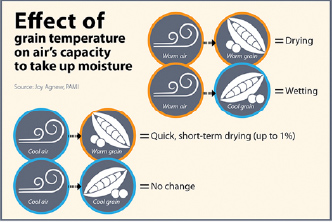 Safe-to-store moisture contents for pulses range from 13 to 16 percent. Even when the moisture content is dry, if the temperature is high in the bin, then spoilage can occur. Pulses should be cooled to 15°C or lower for safe storage.
Safe-to-store moisture contents for pulses range from 13 to 16 percent. Even when the moisture content is dry, if the temperature is high in the bin, then spoilage can occur. Pulses should be cooled to 15°C or lower for safe storage.
Each bin represents tens of thousands to hundreds of thousands of dollars worth of investment. So, the bins need to be monitored and managed to prevent spoilage.
Advances in computerized monitoring systems can help farmers deal with these complexities. There are companies that have in-grain monitoring systems that will send information to your cell phone by text or email when the system needs to be handled.
Frequent monitoring of the grain during the first month in storage to watch for changes in temperature and moisture conditions is recommended. Often after a pulse crop is harvested it goes through what is commonly called a “sweat” – it exudes some moisture. If the crop goes through a sweat after being placed in storage, moisture may accumulate within the grain mass in the bin and cause problems in a few weeks.
Once the grain temperature and moisture content have stabilized, monitoring can be less frequent. You don’t need to do that much monitoring over the winter – once the grain has cooled to 5°C or lower, not much will likely happen to it.
Overall, the key is to protect your stored pulse crop from spoilage by monitoring and managing the grain temperature and moisture content for as long as it’s in the bin.

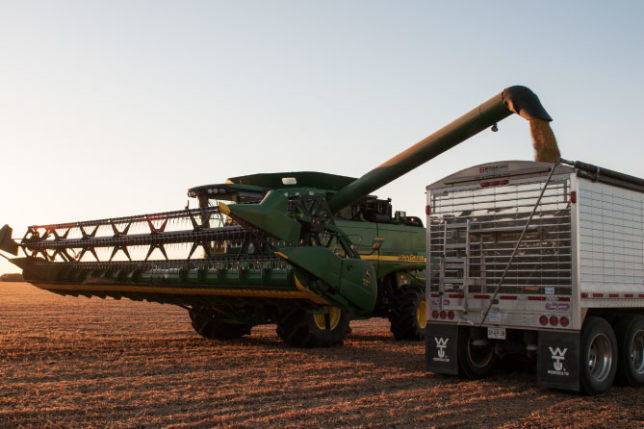
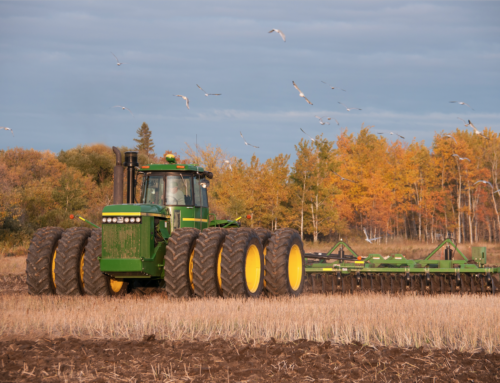

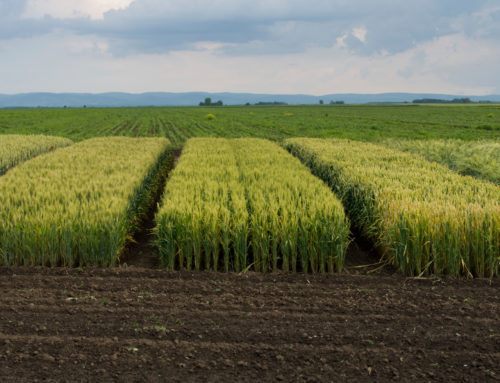

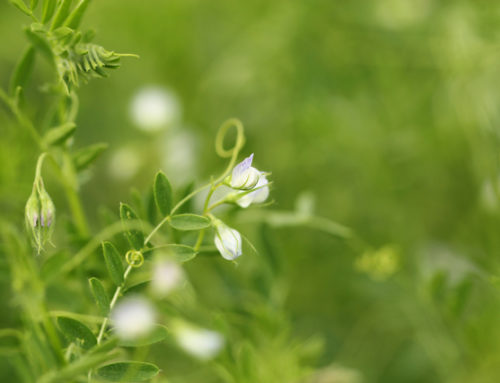
Leave A Comment